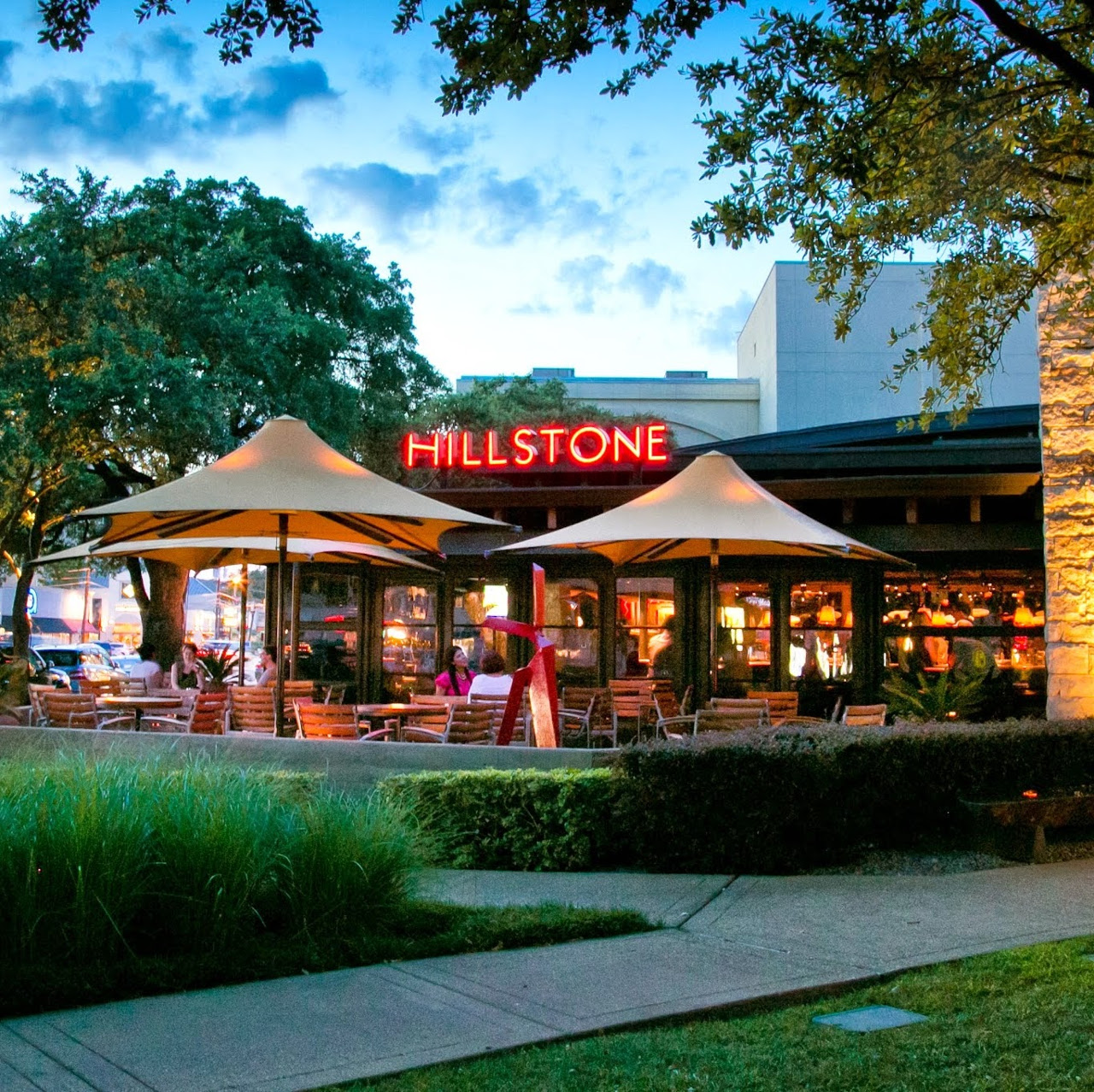If there’s one problem that is at the very core of the challenges that the ITSM industry has with gaining and maintaining executive relevancy, it’s that ITSM has been far too focused on the ‘IT’ rather than the ‘S’ (which in case you’re not clear, stands for ‘Service’).
When I did more direct work in the IT Service Management industry, I would often muse that it would be fun to create a partnership with a restaurant and let IT people take over the management of a restaurant for a single dinner shift. I was convinced that by working a single dinner shift, IT professionals could rapidly get the proper appreciation for what “Service” really means.
While that idea never saw the light of day (I mean, what restaurant would let me do that, right?), I recently came across an article about one of my favorite restaurant chains that may be the next best thing.
Hillstone Restaurant Group is a national chain of 49 high-end restaurants that operate under several different brand names. You may have been to one without even realizing that it was part of a chain. But I can pretty much guarantee that the first time you walk into the second one – even if it operates under a different name – you’ll immediately recognize it.
This has happened to me several times. I’ve walked into a restaurant and within minutes found myself Googling to see if they were part of the Hillstone chain, which of course they were. And the reason that these restaurants are so immediately recognizable has nothing to do with their names, their “look and feel” or their menus (the things that most chains rely on). The thing that makes a Hillstone instantly recognizable is their service.
I would even go so far as to say that Hillstone has turned service and delivery consistency into both a brand and a competitive advantage. And I believe that there is a very important lesson to be learned for IT organizations in their story.
The Secret to Service
George Biel, founder of the Hillstone Restaurant Group, explains the essence of service as he sees it: “Look,” he said. “The restaurant business isn’t rocket science. Because it if was, I would never have made it.”
While it may not be rocket science, the article describes some simple, yet impactful approaches that Hillstone applies to ensure that they are able to deliver such an extraordinary level of service. I believe that it boils down to a few key strategies:
- Focus on the Customer First: At any Hillstone restaurant, the first thing you’ll notice is their attentiveness. Your server will appear within minutes of your being seated and will introduce themselves by name. Moreover, the entire experience feels as if it was designed specifically and explicitly to meet your needs and desires. For IT organizations, this is the place to start. If you can help your organization to adopt a clear and explicit “customer-first” focus, you’ll be taking the first, critical step forward.
- Match Demand to Capacity: Each Hillstone restaurant has a number of tables that is divisible by three. That’s because no server is ever assigned more than three tables at a time. Moreover, while each table has a “primary”server, the team works as, well, a team. Every member of the team is constantly on the look out for a table that needs servicing and simply handles it, communicating with the primary server along the way. IT organizations must adopt the same approach. First, by creating mechanisms to throttle demand and align it to capacity. Second, you must create an organizational culture which views the servicing of customer needs as a team sport rather than an individual activity.
- Create High Level Consistency: Hillstone Restaurants are expert at balancing the need for standardization with the creation of a “high-touch” luxury customer experience. Each restaurant utilizes only booth seating and is designed to make the entire restaurant feel like a “VIP experience”. At the same time, each table is bolted to the ground to eliminate the dreaded “table wobble”, menu items (although not full menus) are shared throughout the network of restaurants and uniformed operating procedures are utilized across all restaurants. IT organizations need to adopt a similar approach, standardizing where it makes sense to provide service consistency, but to do so in a way that doesn’t inhibit the organization’s ability to make every customer feel like they’re a “VIP”.
IT organizations may never be able to take over a restaurant for a dinner shift, but the lessons from Hillstone may be the next best thing. Adopting their level of service will help any organization deliver both effectively and efficiently and set them up to becoming a Digital Enterprise.
Sources:
Knowlton, Andrew. “Welcome to Hillstone, America’s Favorite Restaurant.”Bon Appétit. Conde Nast, 24 Mar. 2016. Web. 21 Sept. 2016. http://www.bonappetit.com/restaurants-travel/article/hillstone





